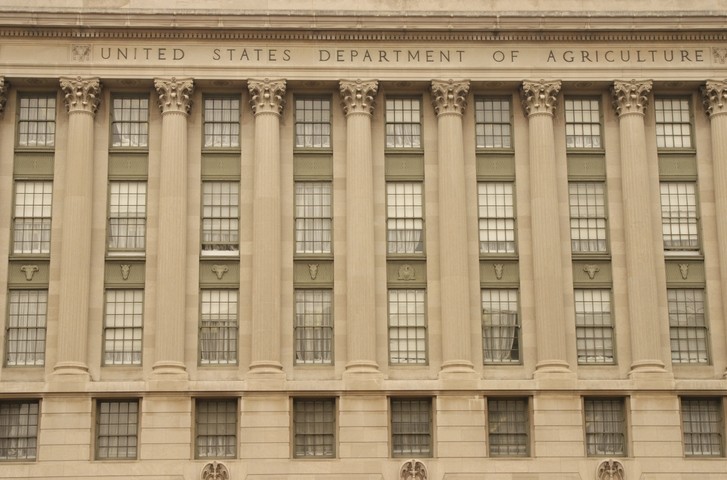News in brief
USDA picks Kansas City region for relocated offices

Sonny Perdue, US secretary of agriculture, announced Thursday [June 13] that the US Department of Agriculture (USDA) will be moving the Economic Research Service (ERS) and the National Institute of Food and Agriculture (NIFA) to the Kansas City region.
“There is already a significant presence of USDA and federal government employees in the region, including the Kansas City ‘Ag Bank’ Federal Reserve,” Perdue said in a release regarding the decision. “This agriculture talent pool, in addition to multiple land-grant and research universities within driving distance, provides access to a stable labor force for the future.”
“The Kansas City region will allow ERS and NIFA to increase efficiencies and effectiveness and bring important resources and manpower closer to all of our customers,” he added.
Discussions about relocating the two offices started in August and a short list of locations including the Kansas City region (which covers parts of Kansas and Missouri), Indiana and North Carolina was previously released.
The move will shift 294 of NIFA’s 315 positions and 253 or ERS’s 329 – some senior staff will remain in the Washington area.
The reasons given for moving the two offices and employees include that the change would support the department’s ability to find and keep qualified staff members with backgrounds in agriculture. Previously there has been turnover in these positions and it can be a challenge to find employees to move to the Washington, DC area as living costs are high.
The move also takes USDA resources closer to many of the stakeholders who use them, the USDA said.
Additionally, the change in office location is intended to be a cost-saving venture as employment and office rent will be less expensive. A cost-benefit analysis of the project completed by the USDA anticipates savings of almost $300m for a 15-year period.
However, a related realignment of ERS into the office of the chief economist will not move forward.








